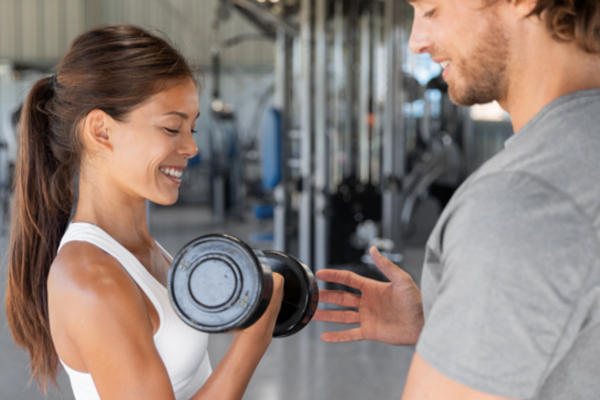
For many adults, a typical workout routine focuses on the lower half or core, whether you enjoy running, dancing or playing sports.
Yet a lack of focus on upper-body strength can result in stooped posture or being unable to lift and carry heavy items. As such, it’s important not to exclude upper body strengthening from your regular fitness routine.
Defining the Upper Body Area
The upper body refers to your arms, forearms, shoulders, chest and hands. These muscles create a bridge from the chest, limbs and torso to your spinal column.
Strengthening can help improve posture, athletic performance, confidence with everyday tasks and decreases age-related atrophy.
This specific region includes muscles like:
- The rotator cuff
- Deltoids or shoulder muscles
- Biceps and triceps
- Pectoralis or chest muscles
In good form, these stabilizing muscles:
- Improve how firmly you can grasp, clench and hold onto objects.
- Contribute to your fine motor skills.
- Improve your ability to push, pull and press with your arms, shoulders, back and chest.
- Ensure you have a full range of motion, including moving your arms in all directions.
- Help you extend and flex your hands, wrist and forearm.
- Move your shoulders up and down
- Draw your shoulder blades toward the center of your back
Why should you focus on upper body strength? Consider the following benefits.
Helps to Improve Posture
Muscle imbalances can emerge in many people who have sedentary desk jobs. The chest muscles become tight, the back is loose and the shoulders begin to roll forward, causing you to hunch. Strengthening the back and shoulder muscles can make it easier to correct this posterior imbalance and contributes to greater core strength.
Beyond the effects of an office job, workouts focused on the upper body benefit runners and cyclists, as they tend to lean forward and develop resulting posture issues.
Improved Metabolism
Strength training is key for targeting your upper body muscles and can increase muscle mass. This assists with raising your metabolic rate, causing your body to burn more calories when at rest.
Maximizing Your Workout
A strong upper body can have a ripple effect through the rest of your workout and physical activities by:
- Improving coordination, no matter the activity.
- Developing stronger arms, which are key for swimming, running and cycling.
- Decreasing injury risks, which can increase when you work out with poor posture.
- Strengthening your arms and core.
- Helping your body burn calories at a faster rate.
- Increasing your speed by propelling your lower body forward.
- Improving your balance and agility.
- Building endurance.
Better Heart Health
The upper body also encompass the heart. Strengthening your cardiac muscle can have a positive effect on the circulatory and cardiovascular systems by:
- Elevating oxygen levels
- Helping with weight control
- Reducing artery damage related to high blood pressure, blood sugar and cholesterol
- Lowering heart attack and heart failure risks.
Injury Prevention
For athletic activities, a stronger back and shoulder muscles improve your posture, which can lessen injuries related to poor form. When it comes to everyday tasks, stronger upper body muscles help you lift heavy items. Without strengthening these areas, your lower back muscles often have to compensate for the arms and shoulders, which can result in strain, unexplained pain or an overuse injury.
If you’re recovering from an injury or preparing your body for physical activity, learn more about our approach to improving upper body strength.
To learn more, contact us today.

